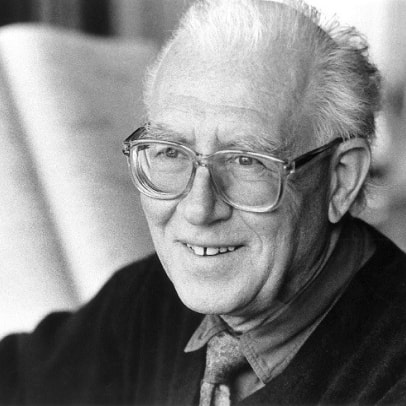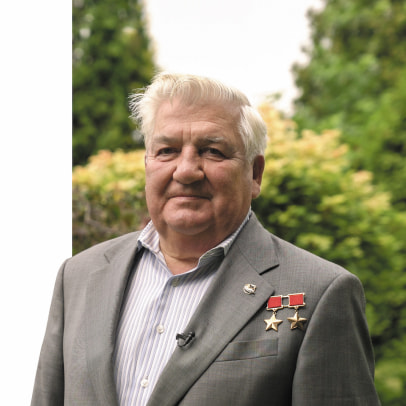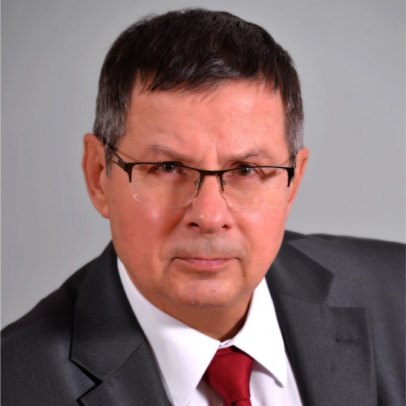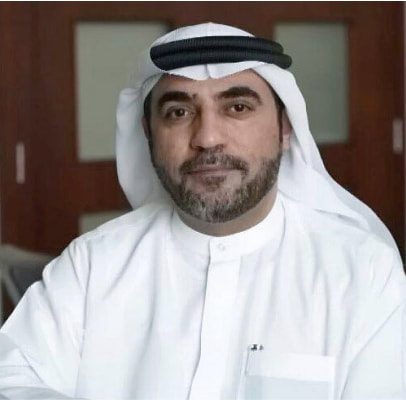History of company’s creation and activities
-
1973
Engineer and scientist A. Unitsky developed a concept of the General Planetary Vehicle, which is a self-expanding ring designed to go out from Earth into near space due to the internal forces of the system
-
1982
The first articles about the GPV were published on the pages of popular science magazines “Inventor and Rationalizer” and “Technology of Youth”
-
1986
A. Unitsky became a member of the USSR Cosmonautics Federation
-
1987
The author of the GPV project presented a report at a non-governmental meeting of the American and Soviet public, which took place in Moscow and was organized by the Soviet Peace Committee. It resulted in the publication of the “Century XX and Peace” bulletin, where the concept of the GPV project was presented in 5 languages
-
1988
The I scientific and technical conference “Non-rocket space industrialization: problems, ideas, projects” took place where reports with significantly elaborated calculations for the GPV project were presented
-
1988
The second largest Center for Scientific and Technical Creativity of Youth “Star World” in Belarus was opened in Gomel, and the EcoSpace program was developed as a part of its work
-
1989
The Belarusfilm shot the documentary “Gravity of the stars”, dedicated to the Center for Scientific and Technical Youth Creativity “Star World” and its director A. Unitsky. I. Volk, the pilot-cosmonaut and a Hero of a Soviet Union, also supported work of the Center
In the same year, the director of the Belarusfilm Yuri Khashchevatsky shot the tape “To the sky by wheel”, dedicated to the author of the GPV. The film was shot in 2 languages — Russian, to be shown on the screens of the USSR, and English — for showing abroad
-
2001–2018
The years of developing the overpass for the GPV
-
21 марта 2019
On March 21, 2019 Astroengineering Technologies LLC was established
-
2019–2023
2019–2023 — 5 international scientific and technical conferences “Non-Rocket Near Space Industrialization: Problems, Ideas, Projects” were held on the territory of the Aquarelle Ecopark in Maryina Gorka, Republic of Belarus. The conference is organized annually to promote the ideas of the EcoSpace program, aimed at solving global environmental problems of humanity within the framework of a new era of space exploration. The conference is a center for the exchange of scientific and practical knowledge and experience necessary for the implementation of the space vector of human development and the industrial exploration of the Earth’s orbital space by non-rocket means. During these years, the geography of the conference participants expanded to 21 countries.
The event was attended by representatives of such international organizations as:
-
Research Technology and Innovation Park in Sharjah, UAE
-
UNIDO Center for International Industrial Cooperation in the Russian Federation
-
Eurasian Economic Cooperation Organization (EEC) on real estate in Europe
-
International Center for Scientific and Technical Information (ICSTI)
-
Scientific and Educational Center Aerospace Technologies of Southern Ural State University
-
Arctic Public Academy of Science
-
Central Research Institute of Mechanical Engineering and Roscosmos State Corporation.
Following the results of each conference, a collection of scientific materials was published. A collection of all scientific works is housed in our electronic library
-








